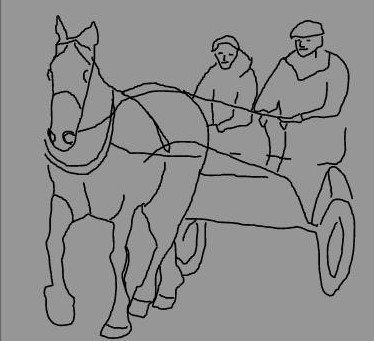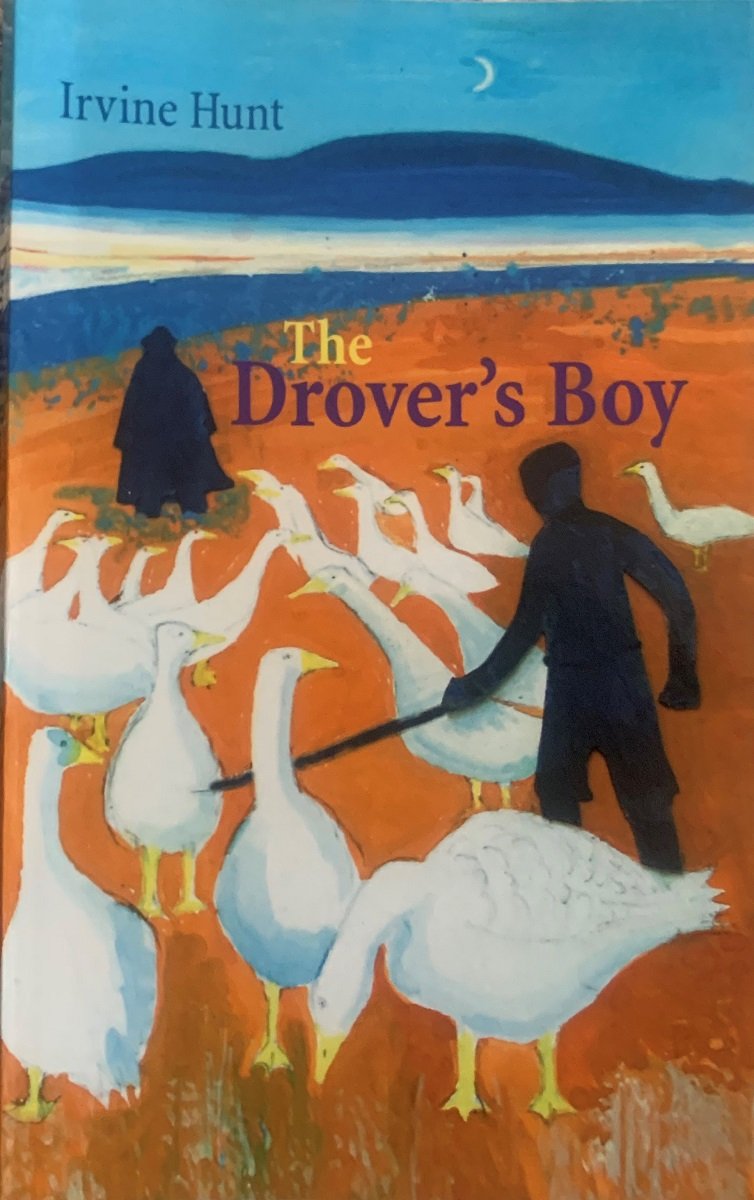Hooray for Filmmakers and Fell Ponies!
/In 2023, a short film was released called Tails of Cumbrian Heritage. Produced, filmed, and edited by Abbey Wilkinson and Georgia Costin, the film recently won a national award from the Royal Television Society. A news release reported that “The jury said this was a clear and powerful film, making an impassioned argument for not losing touch with your roots.” (1)
The co-creators were students at the University of Cumbria. The leader of their degree program said, “Their close connection has resulted in this award-winning creation that is now recognised for its excellence. The film brings together all of their talents from photography and producing film to science, natural history, conservation and story-telling.” One of their talents was flying a drone to get footage! The program leader also said, “Long-serving colleagues can not remember the last time someone from our university won a national RTS award like this.”
After a field trip on the fell, the co-creators were invited to a local pub to hear farming families talk about the ponies. About the film co-creator Abbey said, “I knew instantly that we had to tell their story… to give the farmers a voice in a way that hasn’t really been done much this way before.”
The pony breeders in the film, Libby Robinson and Samantha Smith, said that the Fell Pony is Cumbria’s best kept secret, and they were working to change that. Their work with the co-creators of this film and now with the film’s award-winning recognition, certainly helps advance that cause.
Hooray for film makers and fell breeders and Fell Ponies!
To watch the film, click here.
https://cumbriacrack.com/2024/06/26/watch-fell-ponies-on-film-scoops-major-award/?fbclid=IwZXh0bgNhZW0CMTAAAR0hsg9aiZw0PlwTkDOX160-gn_9odkPz2j65uh-wXtY7Vo2nUMeFjh2z1Y_aem_I7BcrVCAS1galTIrcbMmtQ
© Jenifer Morrissey, 2024








